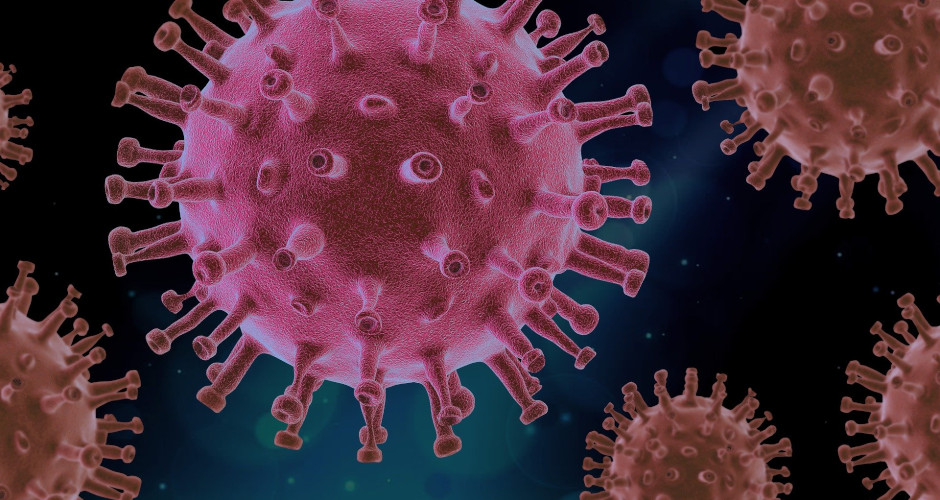For me, these three articles add clarity to our discussion of the Covid-19 mitigation strategies currently being deployed in Idaho. They come from nationally respected and renowned virology and Public Health laboratories.
- https://www.nature.com/articles/d41586-020-01095-0
- https://sph.umich.edu/pursuit/2020posts/how-scientists-quantify-outbreaks.html
- https://www.stanforddaily.com/2020/04/17/santa-clara-county-covid-19-cases-could-be-50-to-85-times-higher-than-reported-stanford-study-finds/
The 1st and third articles refer to the Santa Clara Study just published. They tell us why antibody studies are important from a public health point of view. What Drs’ Jay Bhattacharya and Eran Bendavid point out is the fact that the incidence of the disease in Santa Clara County is far more widespread than originally thought. They do not comment on the fact that this could be the reason the disease may have been less devastating in California as in the NY tristate area even though herd immunity has not been approached.
Terms need to be defined. Incident rate is the disease identified either clinically or immunologically divided by the total population—different numbers because as the studies point out up to 80% of people are asymptomatic or have minimal disease. The Ro number is the rate of lateral transfer and in the third article you can see where Covod-19 lines up with other viral infections. The infection fatality rate (IFR) is the number of deaths divided by the number of people with the disease—most of the time confirmed by antibody testing. As the number of people tested increases and knowing that 80% of those testing positive are either asymptomatic or have minimal symptoms, the denominator of that calculation increases and the ratio gets smaller—currently in Santa Clara County that number is 0.9% and getting smaller. Seasonal flue runs from 0.1%-0.5%. And as was pointed out one of the flaws in the experimental model is the fact that people who are asymptomatic are less likely to be tested and the real IFR is even lower.
So the disease is more widespread than we thought originally. The Chinese reported and low Ro number, 2.2 and we are seeing a one and a half times higher number3.5-4.5. Because 80% of people have minimal clinical manifestations of the disease—as testing increases the lethality of the disease will be more like the season flue (.5%) than the 2.5-6.% originally reported.
The Icelandic study comparing random and spot testing—part of the study, shows us that the entire population doesn’t need to be studied in order to make a determination about mitigation strategies. Antibody testing based on clinical and workplace conditions after a plateau has occurred, will define type 3 mitigation strategies. This is in contra distinction to Tommy Ahlquists hypothesis. Testing of health care workers is appropriate. Employers and individuals can determine what is best for their unique situations how much risk are they to their customers and patients?
Airlines for example will be testing all employees and all passengers at their cost. If restaurants want people to move inside they may want to test their employees or have them wear masks. “Hot spot testing” is also important down the line, but just because a local tests negative today doesn’t mean it can’t become a “hot spot” tomorrow.
I acknowledge that very few physicians agree with the above discussion, but over the weekend having the articles come out from Stanford and USC, and today out of Harvard and Great Briton I will review those tomorrow, I am feeling more comfortable about the positions I have taken since mid-March. The overall death rates will be more like seasonal flue. The possibility of the infection being present earlier on in places like Washington State and California may explain why the disease was less devastating in those locals. Other possibilities may include virus mutation and variation and haploid viral analysis will help determine that. Finally applying similar disease mitigation strategies in the 2nd and 3rd stages of the pandemic in desperate locals like the NY Tri-State area and Idaho is folly that will succeed because it wasn’t needed. My organic chemistry teacher always told me “folly that succeeds is folly none the less”.
I supported our Governor unequivocally the 1st time around. This time he is doing more harm than good. “Primum non Nocere” First do no harm. Individuals, families and businesses are being hurt in Idaho. The time that a small business can remain closed is time sensitive. What is the Ro of a shutdown business? The owner his family of 4, 10 employees with families 40-50.? The Ro maybe in this case we should call it the DF (Devastation Factor) should be considered by those advising our Governor and the Governor himself.
One last thought on a more ethereal point the opposite of fear is faith. If there are characteristics that are ubiquitous amongst small business owners, farmers, ranchers and entrepreneurs it is faith and hope.
I believe our Governor has or at least he used to have, both.



